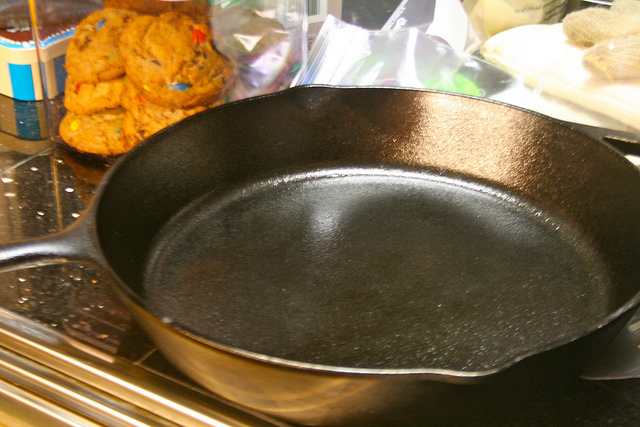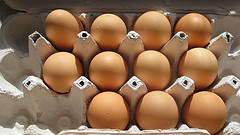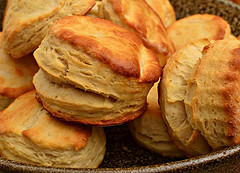The trusty cast iron skillet is a mainstay in any home chef’s kitchen, but it’s also one of the most confusing items when it comes to its care. Should you wash it with water? Try a salt scrub? These chef-approved tips will show you exactly how to clean your cast iron skillet properly — and tell you which techniques you should never use!
- Never use soap. No matter what you do, never soak your skillet in soapy water. This removes the natural, nonstick coating that comes from frequent use and oil absorption.
- Clean it while still warm. This makes it much easier to remove food particles.
- Use a stiff brush. Using a stiff brush made of natural materials that won’t melt, run the skillet under hot water and give it a good scrubbing. This will remove food without stripping it of its natural oils and seasonings.
- Sprinkle on salt. To remove particularly built-up food particles, sprinkle coarse Kosher salt on the surface of the pan. Scrub it dry, and then run water over the surface to remove the salt.
- Dry. Dry your pan using a clean towel or by letting it sit on the stove on low heat.
- Season. Finally, apply a light coating of oil or shortening to lock in that lovely seasoning.
How To Clean and Season an Old, Rusty Cast Iron Skillet [Apartment Therapy]
Cleaning and Seasoning a Cast-Iron Skillet [Real Simple]
How To Clean a Cast Iron Skillet [The Kitchn]




 Equal Housing Opportunity
Equal Housing Opportunity